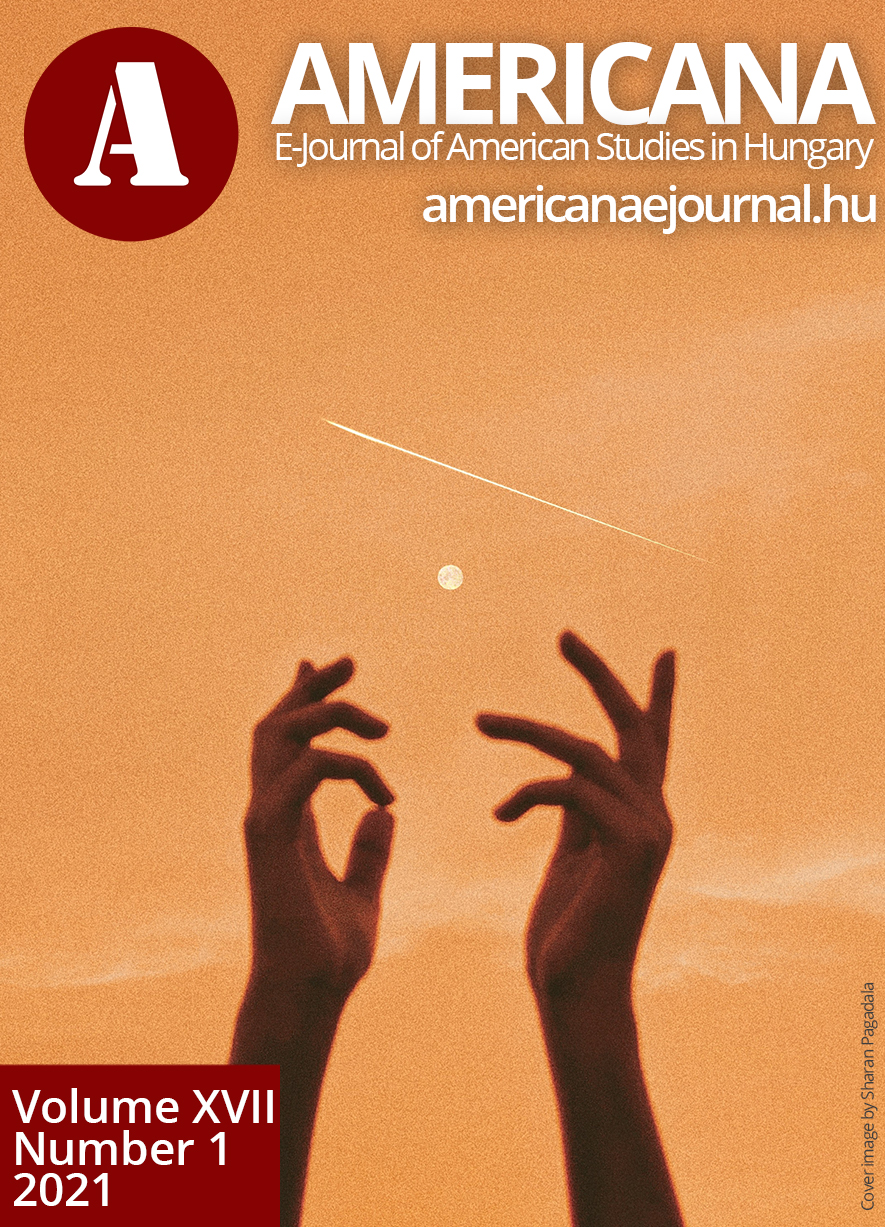Framing the Absence and Presence of Rebecca: Female Subjectivity and Voyeurism On and Off-Screen in Alfred Hitchcock’s Rebecca
Main Article Content
Abstract
In this paper, I endeavour to explore how Alfred Hitchcock adapted in his first American feature film Daphne du Maurier’s famous novel, Rebecca from page to silver screen. After providing a film historical overview of the genre of women’s film of the 1930s and ‘40s and of cinematic appropriations of the gothic romance genre, I study the role of the look and the gaze, female subjectivity, and the trope of the gothic house in Hitchcock’s romantic psychological thriller film. I argue that Hitchcock’s special camera techniques reach uncanny effects by visualising the absent presence of the ghastly titular character.
Downloads
Download data is not yet available.
Article Details
How to Cite
Osoliová, Viktória. 2021. “Framing the Absence and Presence of Rebecca: Female Subjectivity and Voyeurism On and Off-Screen in Alfred Hitchcock’s Rebecca”. AMERICANA E-Journal of American Studies in Hungary 17 (1). https://ojs.bibl.u-szeged.hu/index.php/americanaejournal/article/view/45466.
Issue
Section
Essays

This work is licensed under a Creative Commons Attribution-NonCommercial 4.0 International License.

